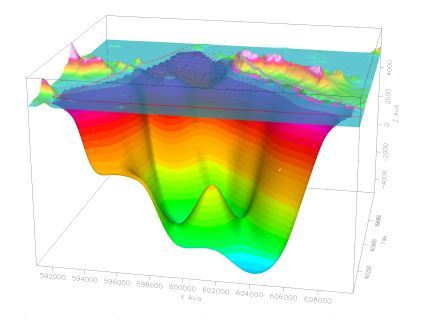
One planner, using a then-current doctrinal method, recommended the Iraqi government. Planners briefed him on two centers of gravity: the Iraqi government and the population. George Casey to misidentify the true COG. More recently, in Iraq in 2005, the lack of a practical COG identification process led Gen. The result was separate service/domain fights that independently focused on different centers of gravity and produced needless friction. Both services considered the weapons of mass destruction COG necessary, albeit a distraction. The Republican Guard Forces fit the Army’s understanding of the COG so that was their focus. 5 The leadership and command-and-control COG fit the Air Force’s preferred use of airpower and they embraced it. They were: leadership and command-and-control nodes, weapons of mass destruction, and the Republican Guard Forces. Norman Schwarzkopf selected three centers of gravity rather than focus on one. The following are two examples that fuel the criticism and illustrate the importance of settling the COG concept so that its utility is realized rather than obfuscated.ĭuring Operations Desert Shield and Desert Storm, a lack of common and well-developed COG definitions resulted in poor unity of effort and synchronization. The fact that criticism exists indicates the existing doctrine has some rough edges and needs revision. Utility is defined here as an ability to contribute to planning by improving understanding, focusing planning, and improving efficiency.Ĭhallenging a two-hundred-year-old concept’s relevancy in current OEs is a fair question and worth exploring in detail. Utility is the only criterion necessary for relevancy.

3Īnother way to ask if the COG is relevant to military planning is asking if it passes the “Cancian Test,” or does it work in the real world? 4 The short answer is yes COG is relevant because it has utility. 2 At best, this suggests the COG concept is still unsettled theory at worst, it is not only irrelevant, it is a detrimental distraction. 1 Even though COG identification is considered the centerpiece of military planning, military students still struggle with it, planners still misuse it, and leaders still search in vain for it. Military academics, planners, and leaders are still debating this question thirty years after the concept’s introduction into Army doctrine. Is the center of gravity (COG) concept still relevant in today’s operational environments (OEs)? All military professionals should answer this question in the affirmative, but, sadly, this is not the case. Ross Coffman, 1st Brigade, 1st Armored Division brigade commander (seated, left center), his brigade staff, and battalion commanders listen to an intelligence brief during the Leader Training Program at the National Training Center 22 January 2015.


 0 kommentar(er)
0 kommentar(er)
